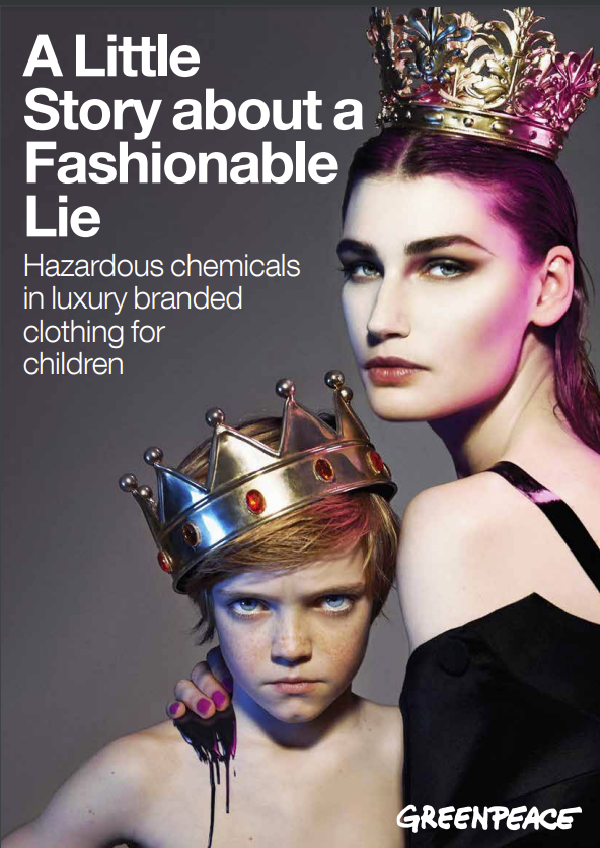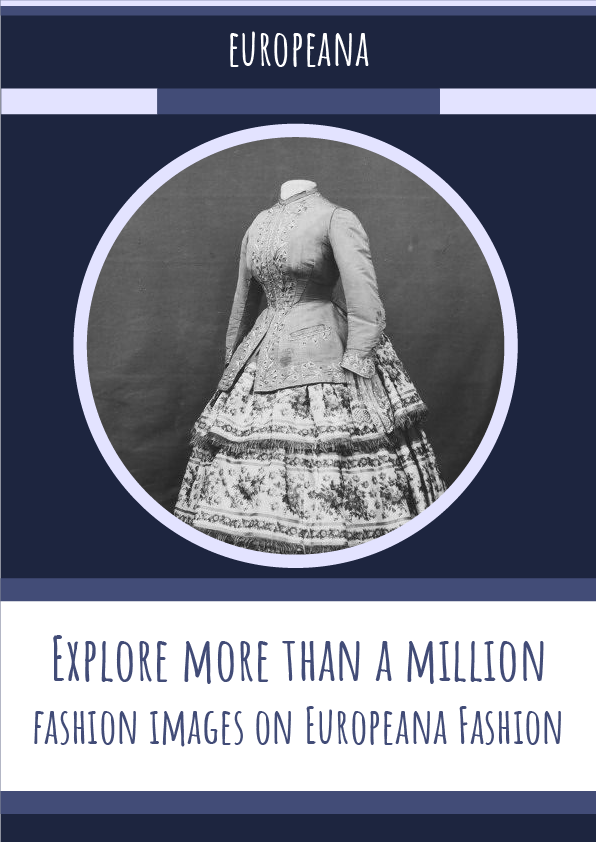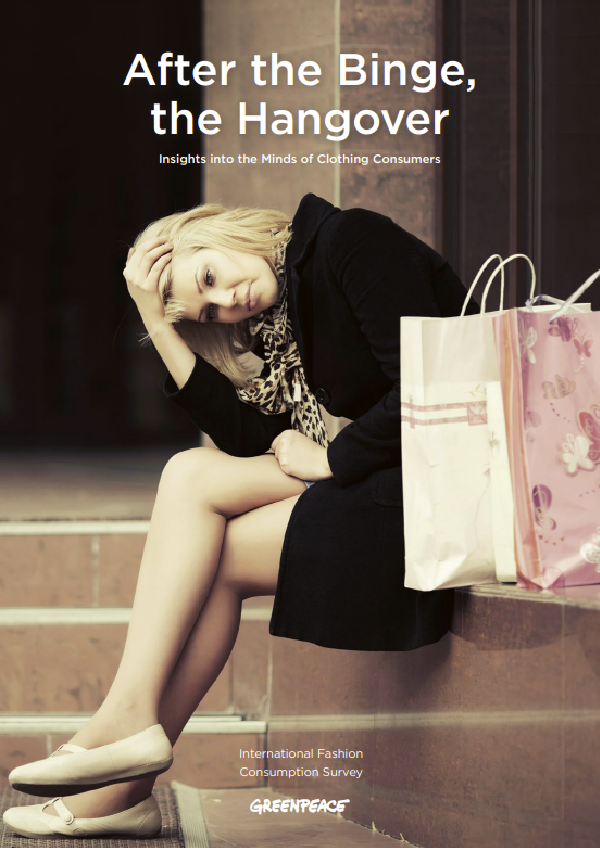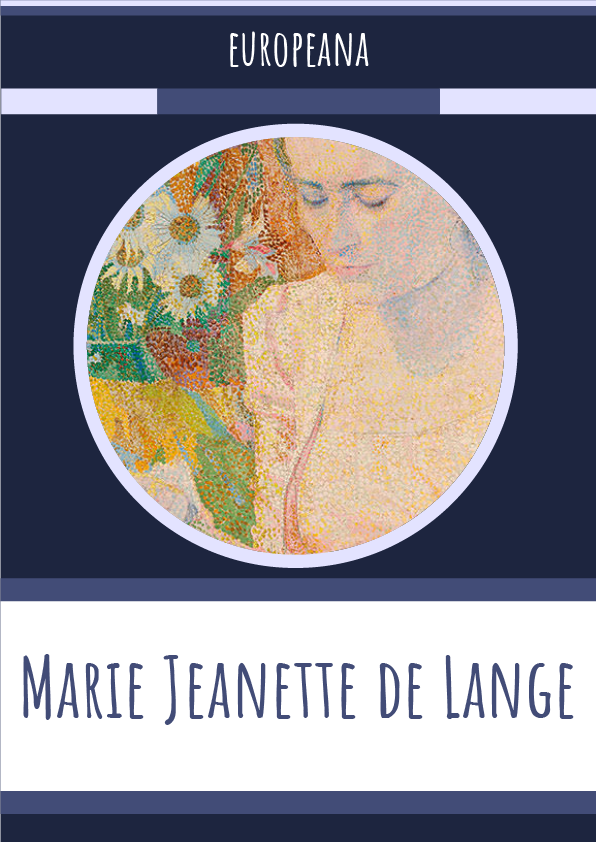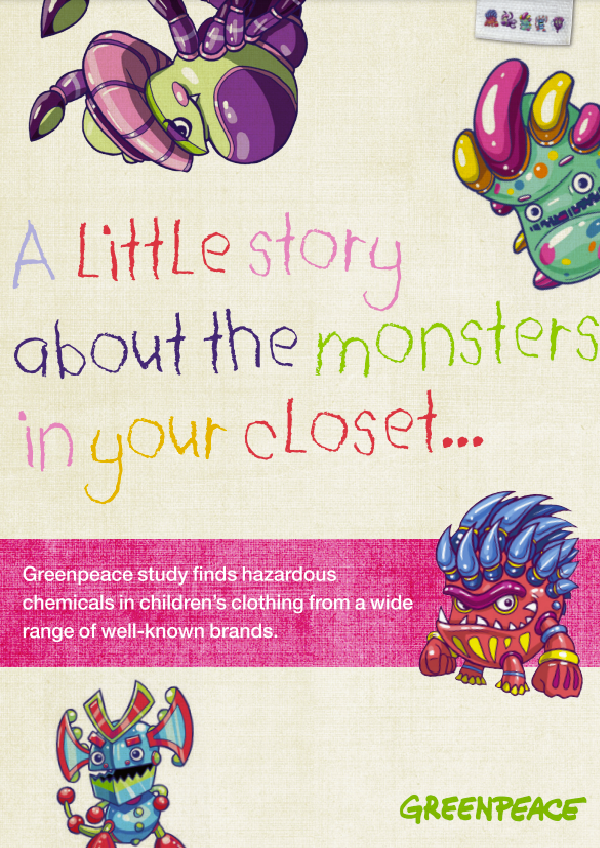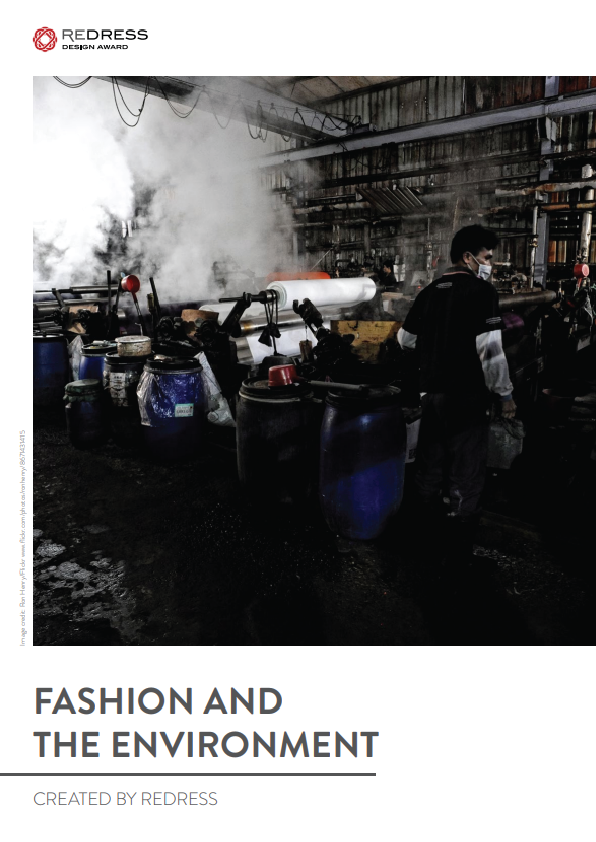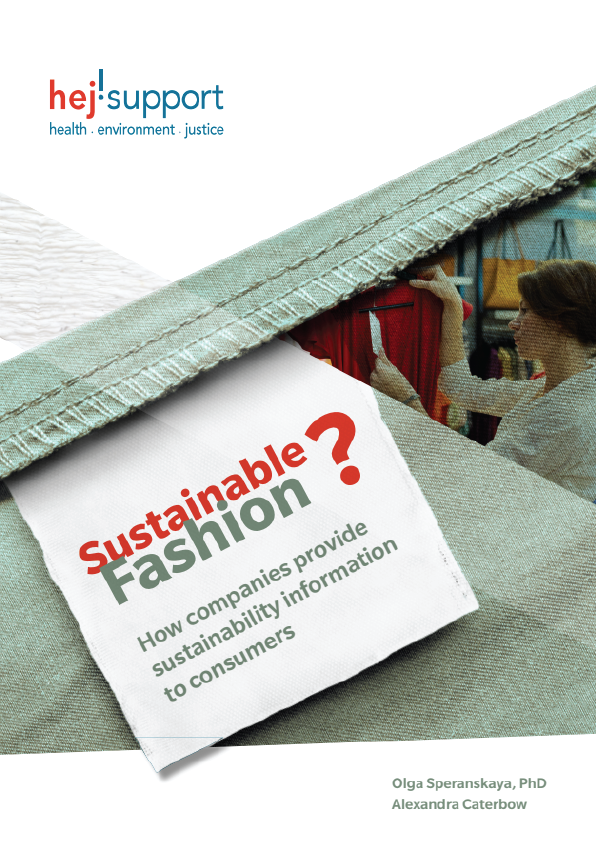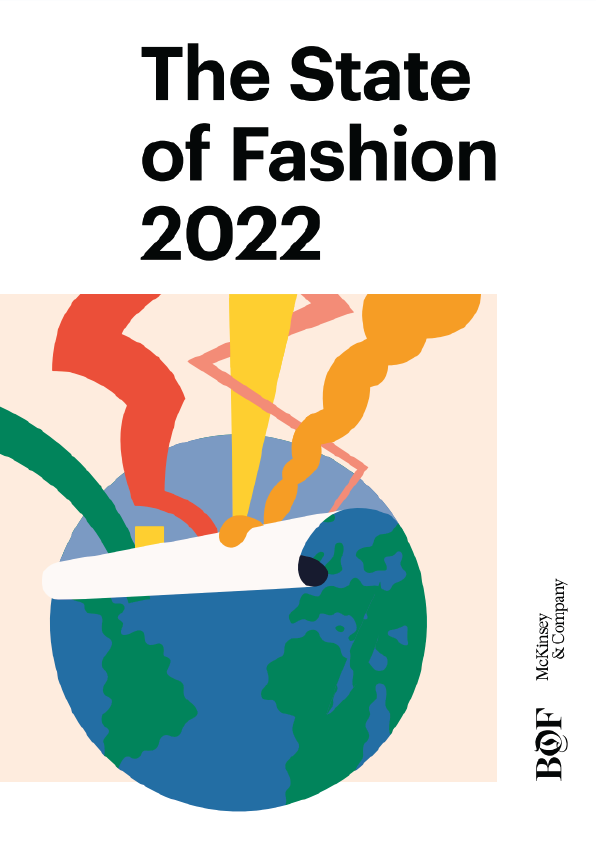A Little Story about a Fashionable Lie
A new investigation by Greenpeace International has found a broad range of hazardous chemicals in children’s clothing and footwear produced by eight luxury fashion brands.
The study follows on from several previous investigations published by Greenpeace as part of its Detox campaign, which identified that hazardous chemicals are present in textile and leather products as a result of their use during manufacture. It confirms that the use of hazardous chemicals is still widespread – even during the manufacture of the most expensive luxury textile articles for children.
This is the first study done by Greenpeace where the products were all manufactured by major luxury brands. The eight fashion brands represented are: Dior, Dolce & Gabbana, Giorgio Armani, Hermès, Louis Vuitton, Marc Jacobs, Trussardi and Versace.
The 27 products were predominantly clothing articles, including one swimwear article, as well as four items of footwear. They were purchased between May and June 2013 from the flagship stores of the clothing brands investigated, or from other stores authorised to sell the branded products. The majority were bought in Italy (11 products) and France (four), followed by China (three), Hong Kong, Russia and Switzerland (two from each) and Denmark, Taiwan and the UK (one from each).
The products were also predominantly made in Italy (10 products), followed by China (four), Morocco (three), Turkey (two) and Hungary, India and Thailand (one in each). For five products – two by Dior, two by Trussardi and one by Hermès – the country of manufacture was not stated on the labelling, showing a lack of transparency on the part of the brands concerned. Also notable is the number of products manufactured in Europe, compared to previous studies where China and other developing countries have predominated, though this pattern may not be representative of luxury textile products in general.
Following a similar investigation recently published by Greenpeace East Asia11, this study tested children’s clothing and footwear produced by eight luxury fashion brands for the presence of a broad range of hazardous chemicals: nonylphenol ethoxylates (NPEs), certain types of amines, phthalates, organotins, per- and polyfluorinated chemicals (PFCs), and antimony. Most of these hazardous chemicals were found, except for organotins and carcinogenic amines released by certain azo dyes which had been found in previous studies.
Sixteen of the 27 products (59%) tested positive for one or more hazardous chemicals. Of all 27 products tested, 44% were found to be contaminated with NPEs, a somewhat lower percentage compared to previous investigations (between 61% to 67% of articles tested), although the smaller number of samples in the current study might contribute to this difference. All products that were analysed for phthalates, PFCs and antimony tested positive.
In general, these latest findings are in line with what has been established by earlier investigations. Greenpeace has previously identified the presence of a range of hazardous chemicals in textile and leather products and concluded that this was as a result of their use during manufacture, either within the processes used in textile factories or due to their presence in materials that are used to make the products.
It is obvious that, despite the documented hazards associated with them, hazardous chemicals continue to be used for a variety of purposes in the textiles process or in the product itself: NPEs are widely used as surfactants and detergents in textiles processing; phthalates have various uses, including as additives in plastisol prints on clothing; clothes are treated with per- and polyfluorinated chemicals to impart waterproofing or oil proofing properties, while a compound of antimony (antimony trioxide) is used as a catalyst in the manufacture of polyester.
Even though in many instances more environmentally responsible alternatives are available for these chemicals, they continue to be used.
